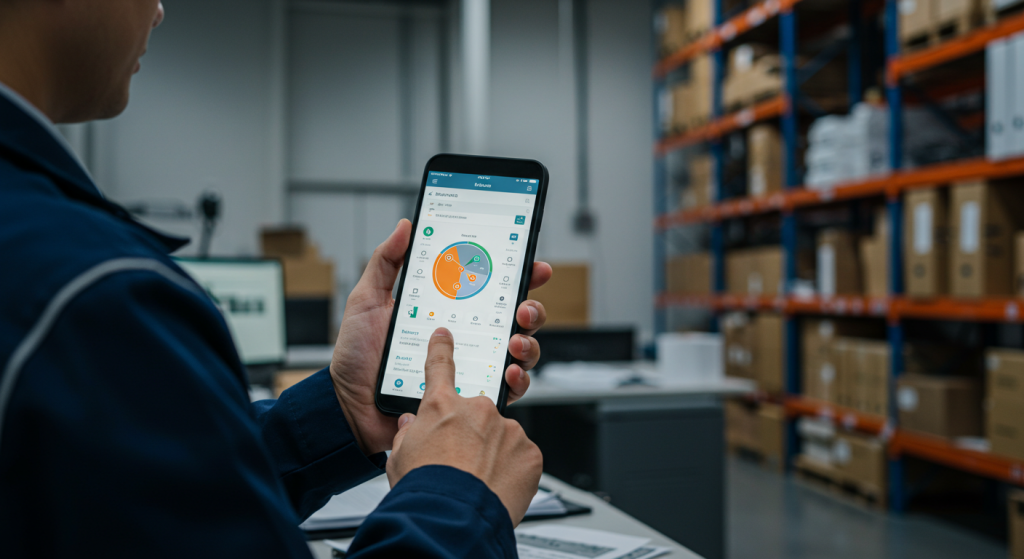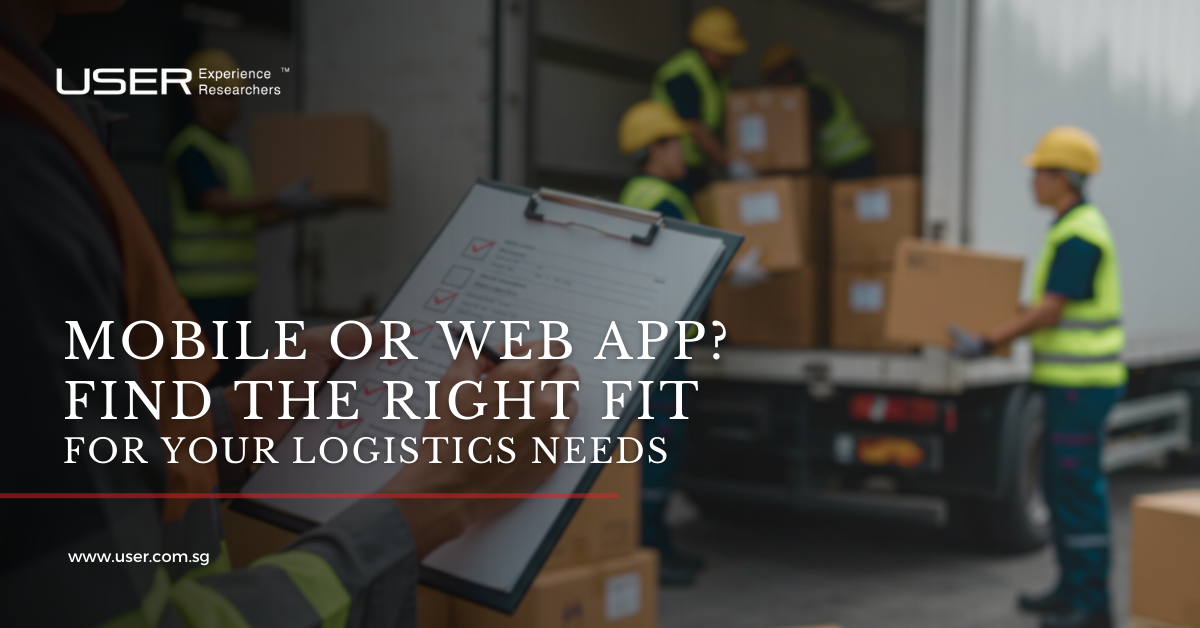Speed, Efficiency, and the New Rules of Logistics
In the world of logistics, speed and efficiency are not just nice to have – they are essential. The race to deliver goods faster, track shipments more precisely, and manage operations more seamlessly has never been more competitive. While traditional systems and manual processes have served the industry well for decades, today’s demands call for more agile, tech-powered solutions.
Enter web and mobile applications – two digital tools that offer logistics companies game-changing capabilities in transparency, data management, and customer experience. But with both options promising significant advantages, how do you decide which one is right for your business?
What should you choose – a web app or a mobile app? Let’s explore.

Web App vs Mobile App – A Closer Look
Before deciding which platform suits your logistics operation best, it’s important to understand what each brings to the table.
Web App
- Definition: A web application runs through an internet browser and is accessible on desktops, laptops, tablets and even mobile devices.
- Use Cases: Inventory dashboards, shipment databases, reporting and analytics, customer portals.
- Benefits:
- Accessible across multiple devices
- No installation needed
- Easier to update and maintain
- Scalable and ideal for teams working in office-based or warehouse environments
- Limitations:
- Requires a stable internet connection
- Not optimised for mobile-first tasks or offline access
- Interface can be less intuitive on smaller screens
Edge: Ideal for managing large data sets, admin-heavy workflows, or back-end operations such as dispatch management and KPI reporting.
Mobile App
- Definition: A mobile app is downloaded and installed on smartphones or tablets, with access to device-native features such as GPS, camera, and notifications.
- Use Cases: Driver tracking, proof of delivery (via photo or e-signature), real-time updates, customer support.
- Benefits:
- Works offline or with limited connectivity
- Real-time push notifications
- Location-based tracking and task updates
- Convenient for on-the-go employees like drivers or field agents
- Limitations:
- Requires installation and regular updates
- Smaller interface may not be suitable for data-heavy tasks
- More expensive to build natively for both iOS and Android
Edge: Perfect for frontline staff who need quick, responsive tools while in transit or on the field.
So, where does that leave your logistics business?

Choosing the Right Platform Based on Your Needs
There is no one-size-fits-all answer. The smarter route is to base your decision on your team structure, operational goals, and the problems you’re trying to solve.
Start by considering your users. For drivers and field agents, a mobile app is often the better option. These employees are always on the move, so tools that enable them to confirm deliveries using photos, receive real-time updates, or log incidents on the spot make their work smoother and more efficient. In contrast, office-based staff and warehouse teams benefit more from a web app. Managers who handle inventory, scheduling, or performance monitoring typically require access to large dashboards and complex data inputs, which work best on larger screens.
The type of solution you’re building also plays a key role. If your priority is to provide real-time delivery tracking, assign dynamic routes, or enable status updates while goods are in transit, a mobile app is more effective. On the other hand, if your goals include reporting, analytics, and overseeing multi-stage supply chain processes, a web app offers the depth and visibility needed for those operations.
That said, you’re not always limited to choosing one over the other. A hybrid model or a progressive web app (PWA) can combine the best of both platforms. These approaches allow logistics companies to offer intuitive real-time updates for drivers while equipping managers with the analytical power of a full web interface – all integrated into a single ecosystem.
Ultimately, your final decision should reflect your team’s digital maturity, your available budget, the timeline for development, and most importantly, the business challenge you’re aiming to address.
Conclusion
Whether you opt for a web app, a mobile app or a hybrid solution, the right digital platform can streamline your operations, improve communication, and unlock new levels of efficiency. Logistics companies that embrace tailored tech tools are better positioned to scale, adapt and delight their customers in an increasingly fast-paced world.
Still undecided? Choosing between a mobile app or web app is not just about features – it’s about what fits your business goals, operations, and user behaviour best. That’s where having a reliable digital partner makes all the difference.
User Experience Researchers, Asia’s leading experience and solutions expert, helps logistics businesses like yours make informed, strategic tech decisions. From user research and journey mapping to development planning and interface design, we turn uncertainty into confident action.
Let’s build what works for you. Visit www.user.com.sg or reach out at project@user.com.sg to explore the right digital solution for your logistics business.



